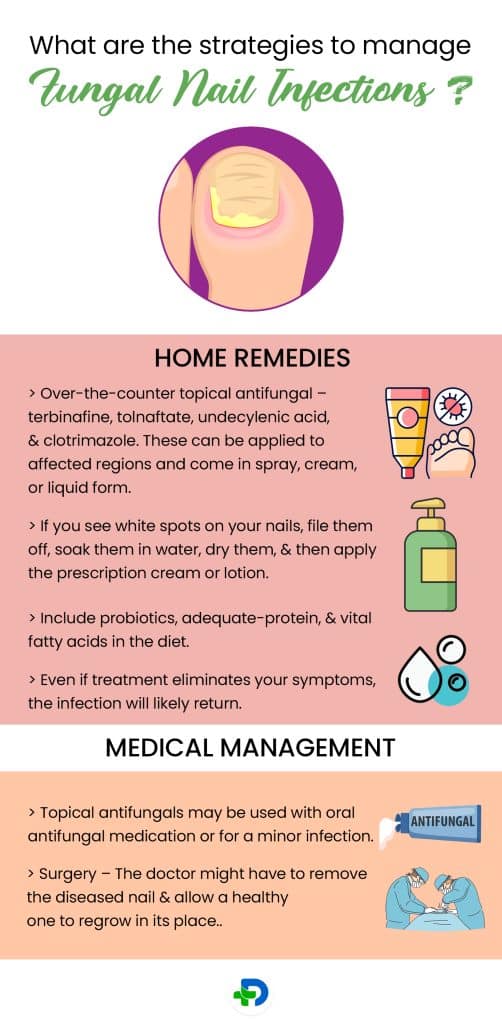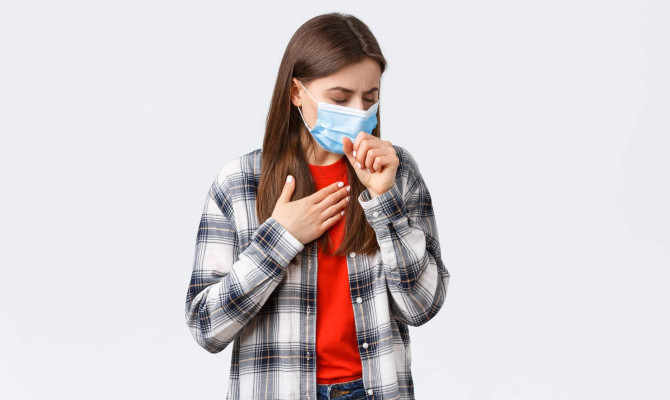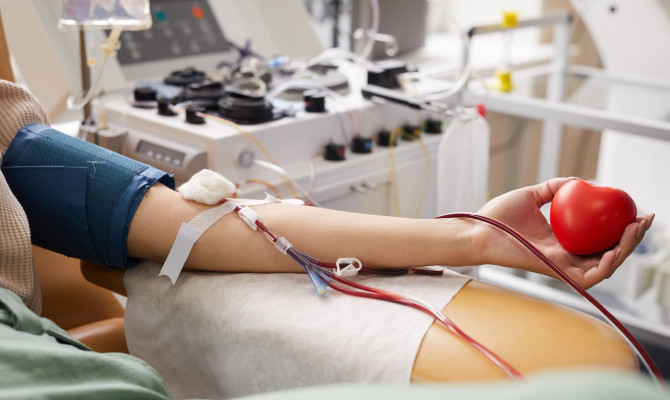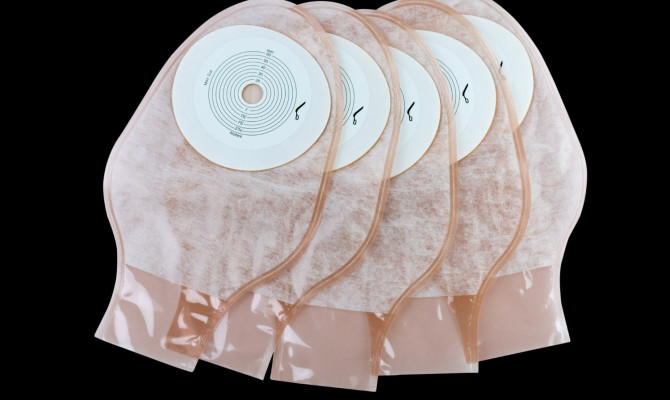Fungal nail infections : A General Overview

- Fungal Nail Infection
- 16 Aug 2023
Overview
What is fungal nail infection?
Onychomycosis, or fungus infections of the nails, is quite prevalent. Both the nails on the fingers and toes are affected. Toenail fungal infections are more widespread than fingernail fungus infections. Tinea unguium is the name for the condition when dermatophytes are the cause. Any change in the appearance or feel of one’s nail due to a fungal infection may be too slight to notice initially. Fungal infections often progress over time. This article will cover its signs, causes, risk factors, and ways to avoid them.1Overview| Researched based study from Nlm.nih.gov

Symptoms
What are the common symptoms?
Any changes to one or more nails could be a sign of a fungal infection.
Typical warning signs
- Fragile or brittle nails.
- Brown, yellow, or white nail discoloration.
Additional signs
- Nail pain.
- A variation in the nail shape.
- The nail’s edges crumble.
- Junk stuck beneath the nail.
- Thicker nails than usual.
- Nail’s surface is losing its gloss and sheen.
- A nail that has loosened or lifted.
- Fungal skin infections – athlete’s foot, ringworm, and others.2Symptoms| Researched based study from Cdc.gov
Types
Different types of fungal nail infections
There are a few types of fungal nail infections
Distal or lateral subungual onychomycosis
- The most typical kind that begins at the nail’s tip or sides, extends to the nail bed and could turn the nail yellow, brown, or white.3Types| Researched based study from Clevelandclinic.org
Proximal subungual onychomycosis
- Begins at the proximal nail fold, which is the skin that protects the nail’s root. Immune systems that are already impaired are frequently susceptible to this infection.3Types| Researched based study from Clevelandclinic.org
Superficial or white onychomycosis
- Begins at the nail’s outermost layers, then moves deeper. T. mentagrophytes is the microorganism responsible for this kind of infection.3Types| Researched based study from Clevelandclinic.org
- The nail eventually develops tough, mushy, and crumbly white areas that cover the entire nail. Pitted and flaky patches on the nail are possible.
Edonyx onychomycosis
- The nail bed, or the tissue under the nail’s challenging section, is not infected; only the inside of the nail’s plate is.
Totally dystrophic onychomycosis
- It is the final stage of either the proximal or distal types. The extra keratin at this stage has made the nail extraordinarily thick and tall. 3Types| Researched based study from Clevelandclinic.org
Yeast onychomycosis
- It is more likely to harm fingernails than toenails and is frequently brought on by Candida. It could be a symptom that the person’s immune system isn’t functioning optimally.
Fungal melanonychia
- It is uncommon. Various fungi, including Exophiala, Scytalidium, and Alternaria, are responsible for the brownish-to-blackish hue.
Causes
How can a fungus infect one’s nails?
- Various bacteria and fungi usually occur in and on the human body.
- However, infections can occur when a fungus starts to overgrow.
- They can enter the toe or fingernail through minute cracks on the nails or adjacent skin, creating an infection.
Several organisms, including the following, can penetrate the nails and lead to infection:
Dermatophytes
They have been found in 90% of toenail fungal infections and 50% all fingernails fungus infections. 1Causes| Researched based study from Nlm.nih.gov
- Trichophyton rubrum – the most frequent cause.
- Trichophyton mentagrophytes.
- Epidermophyton floccosum.
- Trichophyton interdigitale.
- Trichophyton tonsurans.
- Microsporum species.
Non-dermatophytic
These molds accounts for about 8% of nail infections, mainly grown in culture from toenails.4Causes| Researched based study from Sciencedirect.com
- Fusarium.
- Aspergillus.
- Acremonium.
- Scytalidium.
- Scopulariopsis brevicaulis.
Candida infection
2% of onychomycosis, which mostly affects fingernails, is caused by Candida . Most common are
- Candida albicans.
- Candida parapsilosis.
- Candida tropicalis. 4Causes| Researched based study from Sciencedirect.com
Risk factor
What are the risk factors?
A person’s risk can be increased by the following factors:
- Genetic component – an individual is more prone to get nail infections caused by fungi if other family members do.
- Age – The risk rises with age and is more frequent beyond 60. 5Risk factor| Researched based study from Nlm.nih.gov
- Gender – Compared to women, men are more affected.
- Poor blood circulation – aging and smoking both contribute.
- A compromised immune system or a long-term condition like diabetes.
- Fungal skin infections – ringworm, athlete’s foot, and others.
- Autoimmune condition is more likely in those with autoimmune illnesses like psoriasis.
- Poor food habits resulting in deficiencies
- Nail treatment – recent pedicure or manicure, with or without artificial nails.
- Surgery or injury – to a nail or the skin around a nail.
- Shoes that prevent airflow – may cause one’s feet and toes to remain warm and sweaty for a more extended period.
- Going barefoot in damp areas like the showers, swimming pools, and locker rooms at the gym.
Complications
What are the associated complications?
Older persons with diabetes or people with a weakened immune system may experience complications, which could include:
- Tissue damage.
- Permanently discolored nail.
- Loss of nail.
- Re-infection.
- Osteomyelitis.
- Cellulitis.
- Sepsis.
Diagnosis
Diagnose fungal nail infection
A doctor or a dermatologist (skin specialist) could:
- Check for skin conditions like ringworm or athlete’s foot.
- Examine the nails as well as the skin around them.
- Take some nail scrapings or clippings as samples, then give those to a laboratory to be analyzed under a microscope to discover the reason and the best course of action.
Management

What are the strategies to manage fungal nail infections?
Home remedies
For minor infections in generally healthy people, at-home treatment options for fungal nail infections can have positive results. These options include:
- Over-the-counter topical antifungal – terbinafine, tolnaftate, undecylenic acid, and clotrimazole. These can be applied to affected regions and come in spray, cream, or liquid form.
- If you see white spots on your nails, file them off, soak them in water, dry them, and then apply the prescription cream or lotion.
- Trimming the thin nails can help relieve pain and pressure while allowing topical antifungals to penetrate deeper layers.7Management| Researched based study from Mayoclinic.org
- Include probiotics, adequate-protein, and vital fatty acids in the diet.
- After the fungal nail infection has cleared up, keep the nails short, dry, and clean because they may return anytime.
- Even if treatment eliminates your symptoms, the infection will likely return.
- Get medical attention as soon as you can if the course of therapy is taking a long time or is not working as well as you anticipate.
Medical management
It is necessary for fungus nail infections, which can include:
- Oral antifungals are usually the most effective way to manage a nail fungal infection, but it takes time. A fingernail infection may require two months of treatment, whereas a toenail infection may require three months. Some possible medications are griseofulvin, terbinafine, itraconazole, and ketoconazole.8Management| Researched based study from Nlm.nih.gov
- Topical antifungals may be used with oral antifungal medication or for a minor infection. One can rub or brush their nails with these medications. Ciclopirox, amorolfine, tavaborole, are examples. 8Management| Researched based study from Nlm.nih.gov
- Surgery – If other options are unsuccessful, the doctor might have to remove the diseased nail and allow a healthy one to regrow in its place. The newly grown nail could become infected as well. The most efficient but least used method is surgically removing the nail and its root.
- Laser therapy – offers a high efficacy in treating and curing fungal nail infections. 9Management| Researched based study from Nlm.nih.gov
Prevention
Steps to prevent fungal nail infection
A person can lessen their risk of developing nail fungal infections by taking the following steps:
- Regularly wash both your hands and feet with soap and water, being sure to get the skin in between the fingers and toes.6Prevention | Researched based study from Aad.org
- Following a shower or bath, thoroughly dry the hands, feet, and toes.
- Never share scissors, towels, shoes, or nail clippers with anyone.
- Trim your nails regularly to prevent debris buildup at the tips.
- Before getting a nail treatment, confirm that the nail salon has sterilized its instruments.
- Avoid getting fake nails attached to your nails.
- Prevent fungal skin infections from spreading to the nails by treating any existent fungal skin infections.
- Treat any skin injuries, wounds, and scratches on the top of each foot right away.
- Avoid wearing gloves and shoes that results in sweaty hands and feet.
- Wash the shoes frequently, and discard old shoes.
- Every day, put on dry, clean socks.
- Wear flip-flops in gyms or pool showers.
Outlook
The Outlook
The sort of fungus causing the problem and its severity will determine how to treat it. Observing outcomes can take several months. If a patient waits for help, nail deformity worsens and may cause pain and disfigurement. Compared to fingernail infections, toenail fungal infections generally have substantially worse outcomes. Furthermore, even if the nail health improves, infections may return. To prevent the issue from worsening with time, consult a doctor as soon as you notice a slight change in the appearance of your nails, especially if you have diabetes or any medical condition.
Any feedback on this article?
 This Articles content was accurate
This Articles content was accurate Very Informative Article
Very Informative Article I have a question or a comment
I have a question or a comment
 This article contains inaccurate content
This article contains inaccurate content This article was not helpful
This article was not helpful I have a question or a comment
I have a question or a comment
We appreciate your helpful feedback!
Checkout our social pages
References
-
National Library of Medicine
Onychomycosis | Overview
-
Centers for Disease Control and Prevention
Fungal Nail Infections | Symptoms
-
Cleveland Clinic
Mycotic Nails | Types
-
Science Direct
Onychomycosis: Which fungal species are involved? Experience of the Laboratory of Parasitology-Mycology of the Rabta Hospital of Tunis | Causes
-
National Library of Medicine
Fungal Nail Infections (Onychomycosis): A Never-Ending Story? | Risk factors
-
American Academy of Dermatology Association
TWELVE WAYS TO PREVENT ANOTHER NAIL INFECTION | Prevention
-
Mayo Clinic
Nail fungus | Management
-
National Library of Medicine
Treatment of Onychomycosis: An Update | Management
-
National Library of Medicine
Laser treatment for onychomycosis | Management





































